Designing the interior of your home is a creative and personal process that allows you to express your unique style and taste. Blending furniture styles is an artful approach that can elevate your space, adding character and charm while maintaining a cohesive and harmonious ambience. Whether you prefer modern minimalism, traditional elegance, bohemian eclecticism, or a mix of various styles, the key lies in combining them skillfully. In this blog post, we’ll explore essential tips and tricks to help you achieve a seamless interior design by blending furniture styles flawlessly.
Understand Your Design Aesthetic
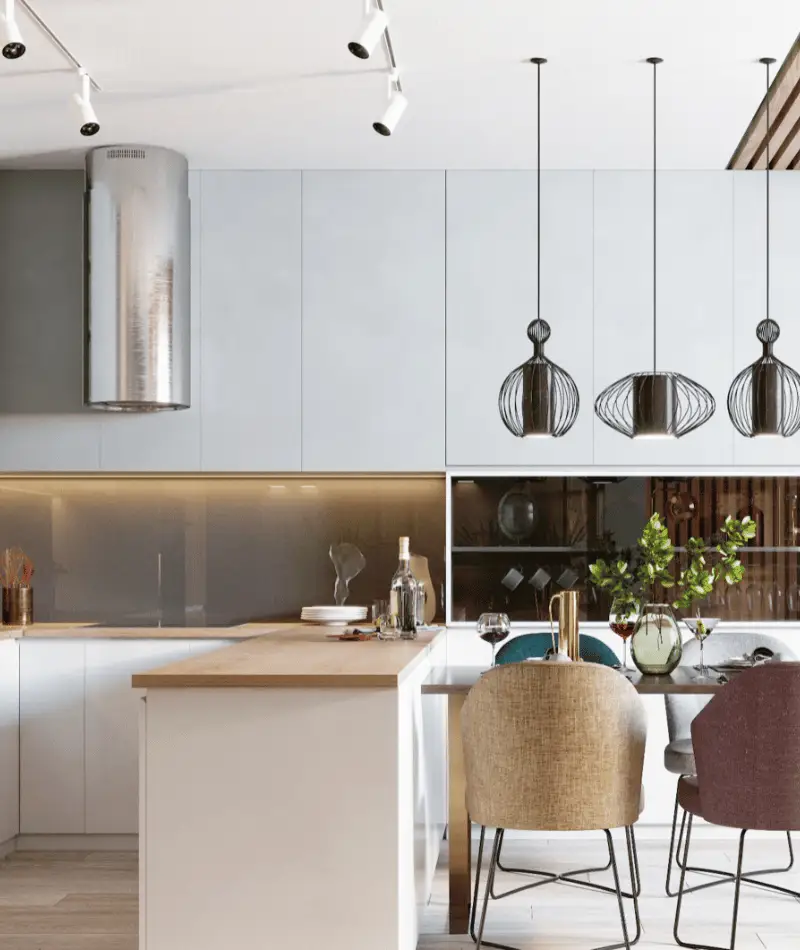
Begin your interior design journey by understanding your design aesthetic. Take inspiration from various styles and determine what resonates with you the most. Do you prefer the clean lines and simplicity of modern design, the timeless elegance of traditional decor, or the bold and vibrant patterns of bohemian interiors? Identifying your preferred design style will provide a solid foundation for selecting furniture pieces that align with your vision.
As you delve into different styles, consider whether you want to stick to one dominant style throughout your home or experiment with a blend of styles. Blending styles can lead to captivating and unique spaces, but it’s essential to strike a balance that creates a cohesive look while showcasing your individuality.
Start with a Neutral Base
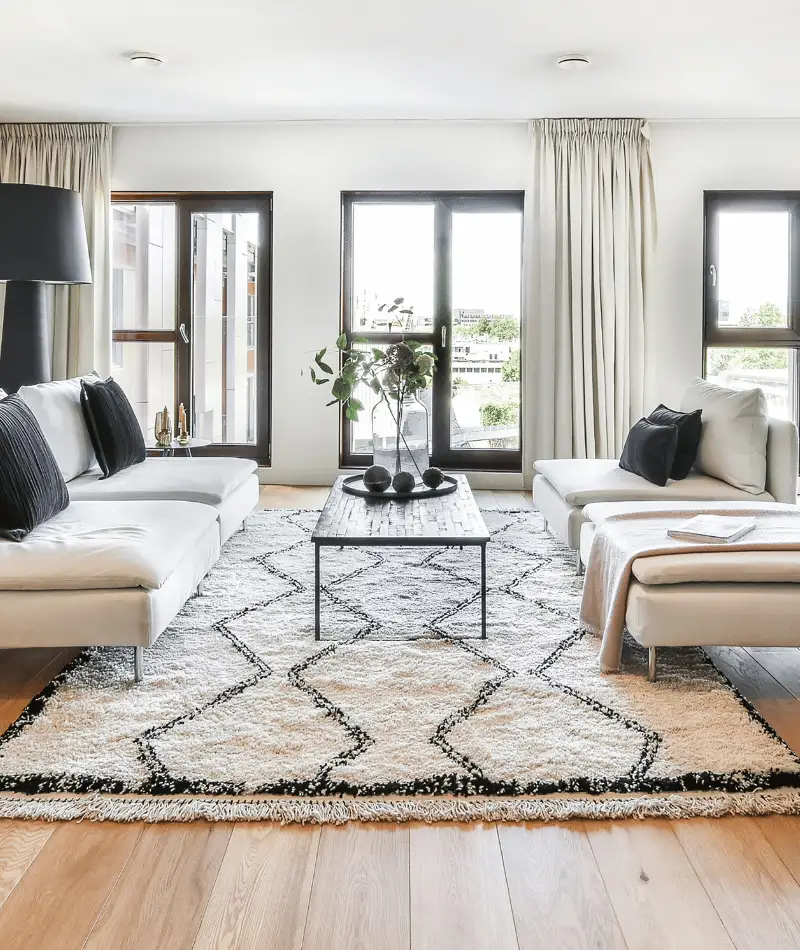
To achieve a harmonious blend of furniture styles, start with a neutral base. Neutral colours such as whites, greys, beiges, and soft pastels provide a versatile canvas that allows your furniture pieces to shine while maintaining visual balance. A neutral base also prevents your interior from feeling cluttered or overwhelming, especially when combining diverse elements.
For a modern and minimalistic design, opt for neutral-coloured walls and sleek, clean-lined furniture as your foundation. If you prefer a bohemian or eclectic style, choose neutral walls and floors with textures like jute or rattan furniture to create a warm and inviting atmosphere.
Discover home ideas by colour >>
Create Visual Balance
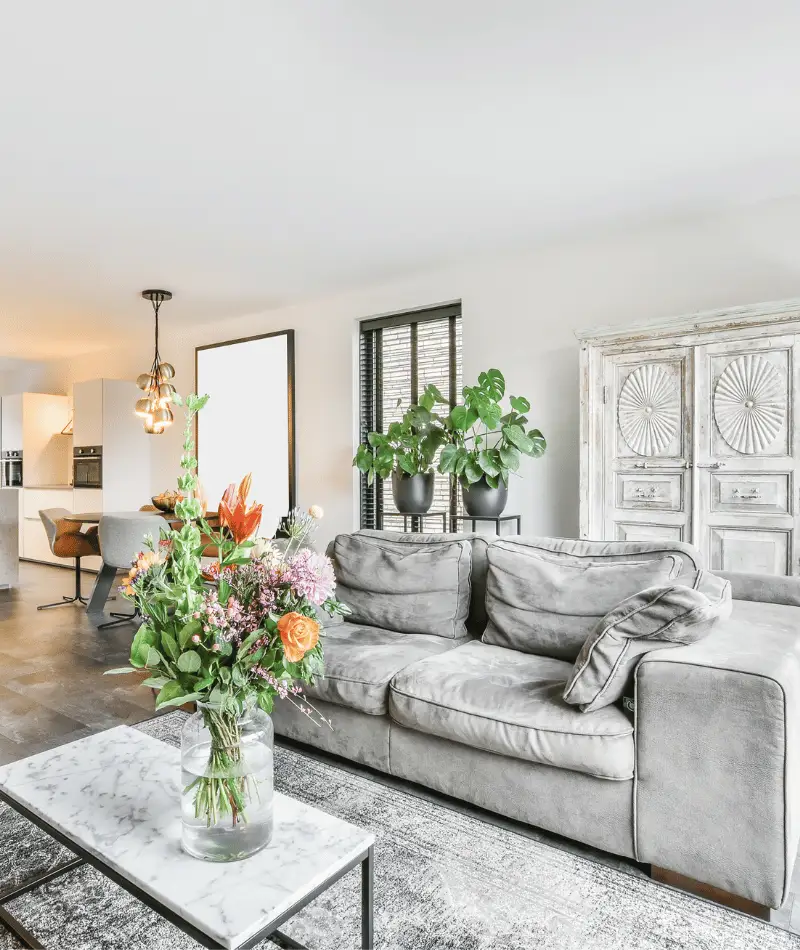
Achieving visual balance is crucial when blending furniture styles. Visual balance refers to the distribution of visual weight in a space, ensuring that no single element overpowers the others. To create a visually pleasing interior, use the “Rule of Three.” Select three main furniture styles you want to incorporate and distribute them strategically throughout the room.
For instance, if you have a contemporary sofa as the centrepiece, complement it with a vintage coffee table and a set of modern dining chairs. Each style will contribute its unique charm while maintaining equilibrium in the space.
Alternatively, use a statement piece as the focal point to anchor the room. This standout furniture item, such as an antique cabinet or a captivating art piece, can act as a unifying element, around which you blend the other styles. The supporting furniture should complement and enhance the presence of the statement piece.
Mix Patterns and Textures
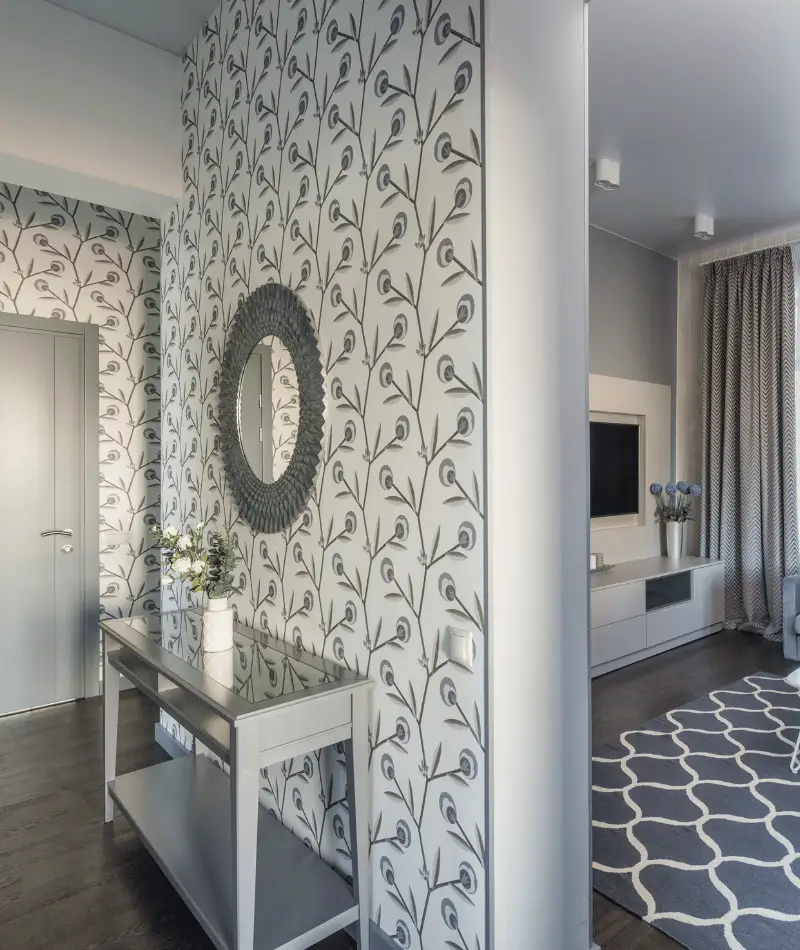
Once you’ve established a balanced combination of furniture styles, it’s time to add depth and visual interest to your interior by mixing patterns and textures. Incorporating various patterns can breathe life into a space, while textures add a tactile appeal that enhances the overall design.
Begin by choosing a dominant pattern that sets the tone for the room. It could be a bold geometric print on a rug, a floral motif on throw pillows, or an intricate wallpaper design. Once you have your primary pattern, select secondary patterns that complement it. Mixing different patterns can be a playful and creative way to infuse personality into your interior.
Texture plays a pivotal role in creating a cozy and inviting atmosphere. Introduce different textures through furniture materials, such as a plush velvet sofa, a rustic wooden coffee table, or a sleek metal side table. Layering textures can add dimension and warmth to the room, harmoniously tying together various furniture styles.
Embrace Transitional Pieces
Transitional furniture pieces are versatile gems that effortlessly bridge the gap between different styles. These pieces often combine elements from various design aesthetics, making them perfect for blending furniture styles seamlessly. Look for items that have clean lines and neutral colours, as they are more likely to complement a range of design schemes.
For instance, a transitional dining table with a classic silhouette and a contemporary finish can gracefully fit into both traditional and modern interiors. A versatile sectional sofa in a neutral colour can adapt to various design schemes, acting as a transitional anchor in your living room.
Transitional pieces offer flexibility in your design choices and enable you to experiment with different styles without feeling confined to a single theme. They serve as a connecting thread that brings harmony to the room while allowing you to express your creativity.
Strategic Use of Colours
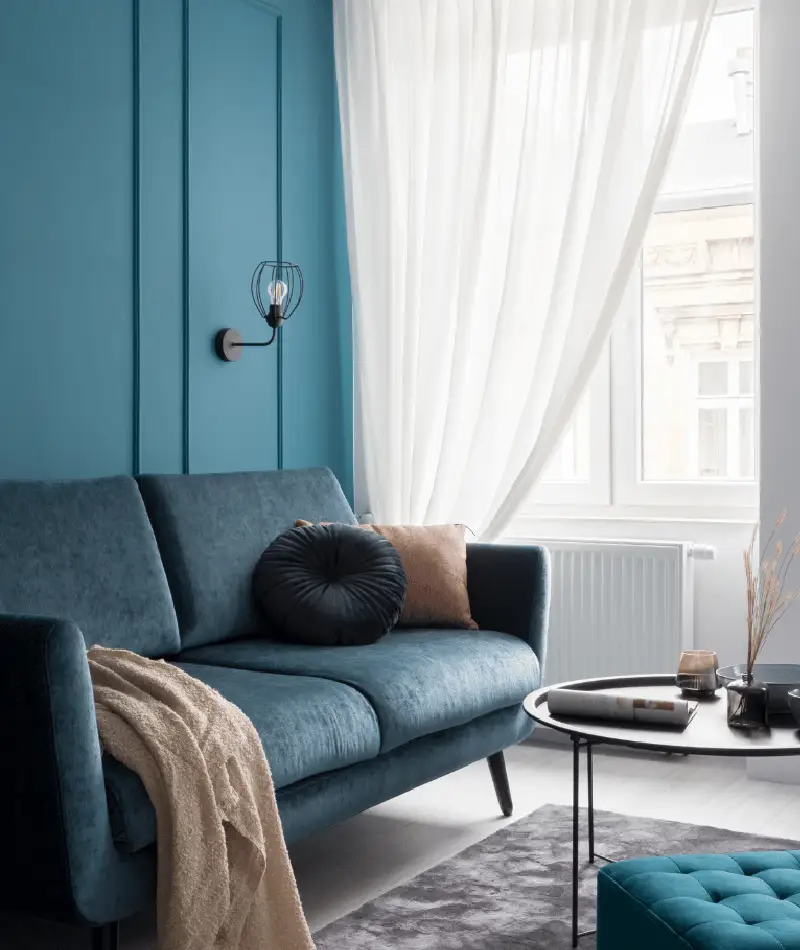
Colours are a powerful tool in interior design, and they play a crucial role in tying together different furniture styles. Establishing a cohesive colour palette is essential for a seamless blend of styles. Consider using one or two unifying colours that can be present in different furniture pieces, decorative accents, and accessories throughout the space.
To create a sense of rhythm and unity, choose a dominant colour and use it in varying shades and intensities. For example, if you have a blue velvet sofa as a statement piece, incorporate lighter shades of blue for curtains and cushions, and darker blues for smaller accessories like vases or artwork frames.
Neutral colours such as whites, greys, and beiges can act as a common thread that connects diverse furniture styles. Use these colours for walls, floors, and larger furniture items to provide a neutral backdrop that complements the various styles you incorporate.
Expressing your style through blended furniture styles
Blending furniture styles is an artful way to create a captivating and personalized interior design. By understanding your design aesthetic, starting with a neutral base, achieving visual balance, mixing patterns and textures, embracing transitional pieces, and strategically using colours, you can achieve a seamless and harmonious look in your home.
Remember that interior design is a continuous journey, and there’s no right or wrong way to blend furniture styles. Be open to exploring different combinations and experimenting with new ideas. With careful consideration and a touch of creativity, you can create a space that truly reflects your style, personality, and love for design.
So, dive into the world of furniture blending and let your imagination run wild. Your home will become a beautiful reflection of your individuality and a sanctuary that welcomes you with open arms. Happy designing!
This article was written by Eliza Cochrane, content writer for Margo and Plum home accessories
Find more inspiration for your home below!
[caf_filter id=’10500′]
